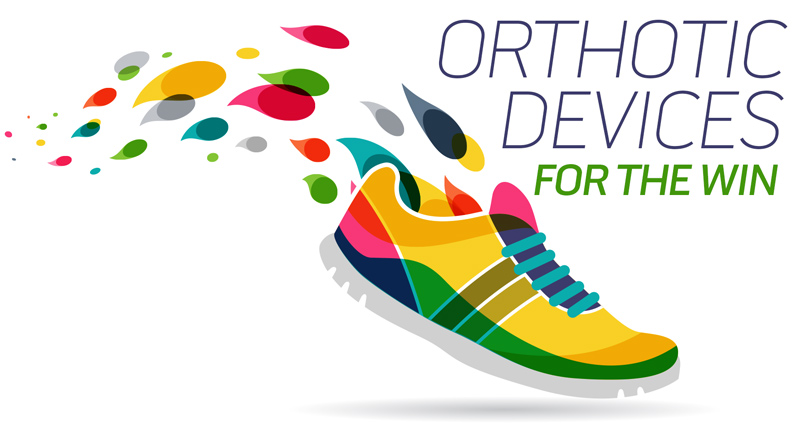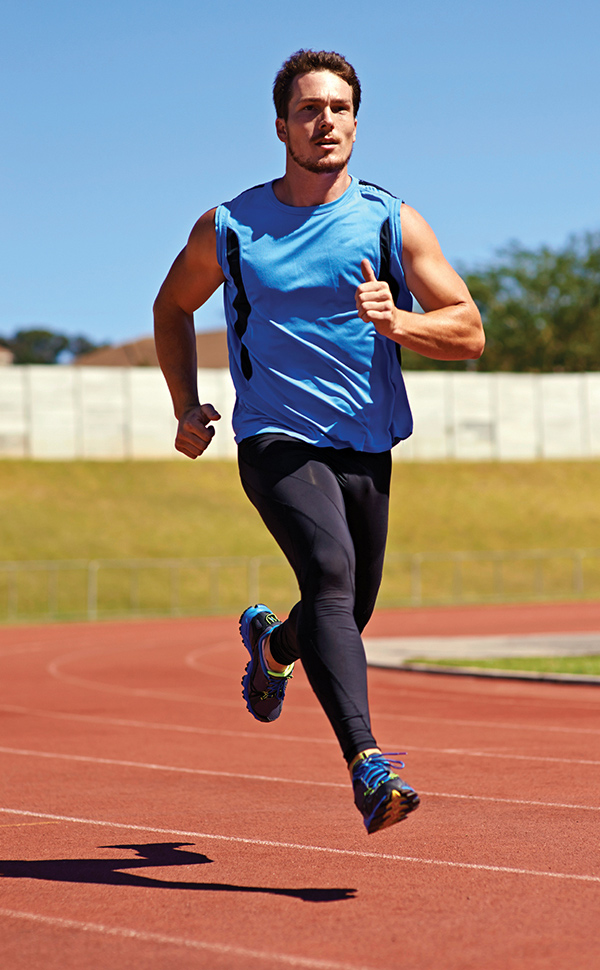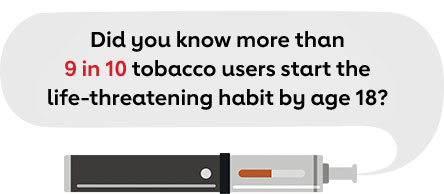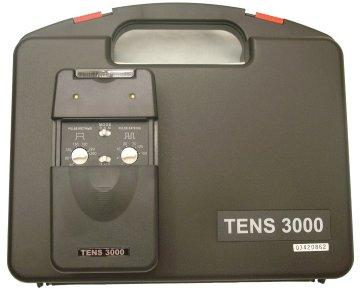Plantar fasciitis:
Clinical considerations in runners

By Patricia Pande, MClScPT, CSCS, CPed
Sponsored by an educational grant from Medi USA.
Running is a hugely popular form of exercise due to its low-cost investment, accessibility of appropriate environments, and obvious health benefits. As running has become mainstream, so has the prevalence of plantar fasciitis or fasciopathy. The incidence of lower extremity injuries in runners is estimated to range from 4.5% to 10% and the prevalence from 5.2% to 17.5%.1
Taunton et al2 and Lopes et al1 have noted the absence of prospective studies of running populations; Taunton et al, however, observed that a higher number of male runners (54%) than female runners (46%) injure the plantar fascia. In fact, plantar fascia injury is the third-most frequent complaint of runners visiting sports medicine clinics. Unfortunately many relevant studies have not uniformly defined running injuries or running populations.3
Anatomy and diagnosis
The fascia divides into medial, central, and lateral bands that attach to the abductor hallucis, flexor abducto brevis, and abductor digiti minimi. The windlass mechanism transfers tension from the proximal attachment of the fascia to its insertion on the calcaneus, which causes the calcaneus to invert and turns the foot into a rigid lever.4-7 The plantar fascia may become inflamed from repetitive stress or undergo degenerative changes, commonly called fasciosis.
Plantar fasciitis presents as pain in the plantar heel at the medial calcaneal tubercle and is most noticeable with the first step in the morning. This pain intensifies with long periods of standing and may be exacerbated with plantar fascia stretching. Although the two may coexist, plantar fasciitis (or fasciopathy) should be differentiated from plantar fat pad atrophy (FPA), which presents as increased pain with weightbearing and compression over the center of the heel.8
Plantar fasciitis in runners
The literature cites a number of causes of plantar fasciitis in runners, including long plantar arch alterations, rearfoot pronation, and magnitude of plantar loads.2,9-12 Plantar fasciitis in runners can also be associated with fasciosis.13-15
Muscle atrophy. Several studies suggest an association between plantar fasciitis and muscle atrophy, particularly of the intrinsic foot muscles. Chang et al found that forefoot muscle volume, assessed using magnetic resonance imaging (MRI), was significantly lower in the affected limbs of patients with unilateral plantar fasciitis than in the healthy limbs.16 In another MRI study, Cheung et al found that rearfoot intrinsic muscle volume was lower in experienced runners with chronic plantar fasciitis than in healthy runners, while forefoot muscle volume was similar between groups.17 Kibler et al also found that runners with plantar fasciitis had significantly worse ankle plantar flexion strength than healthy runners;18 this weakness could be related to muscle atrophy or to reflex inhibition with increased load on the plantar fascia.
Although these studies do not confirm muscle atrophy as the cause of plantar fasciitis or that strengthening exercises will relieve symptoms, research does suggest that intrinsic muscle activation from forefoot contact to toe off may reinforce ligamentous structures.19 Further studies are needed to evaluate the effectiveness of exercises to improve muscle activity and orthotic interventions to support the foot for generation of muscle power.
Plantar loads. Recently, Ribeiro et al found lower loading rates in runners with acute plantar fasciitis (pain for more than four months) than in chronic cases (diagnosed a mean of 1.5 years earlier, presenting with fascial abnormalities but no acute inflammation or pain). However, loading rates in all runners with plantar fasciitis were higher than in healthy runners.20 The authors hypothesized that the lower loading rates in the symptomatic runners than in the chronic group were due to a pain-avoidance response, and that higher loading rates in the chronic plantar fasciitis group were due to the loss of a protective mechanism against pain in the degenerated tissue, as well as a reduced ability to attenuate shock.
Similarly, Pohl et al found that maximum instantaneous load rate was significantly higher in female runners with a history of plantar fasciitis than in control runners.9 Changes in tissue stiffness and fat pad atrophy may contribute to higher loads and may further complicate treatment by reducing lubrication and shock absorption.8 Furthermore, loads related to the running surface may also contribute to plantar fasciitis.21
Running pace and volume. There is conflicting information about the impact of running pace and volume on the risk of injuries, including plantar fasciitis.22 A study by Knobloch et al23 found that marathon runners have a lower risk of plantar fasciitis than runners of shorter distances, which suggests faster pace may be a risk factor and higher volume may be protective. However, other prospective studies have linked lower extremity injuries, including plantar fasciitis, to higher running volume.24 Whether due to pace or volume, the resulting stress may overload tissue.22
Structural variables. Thickening of the plantar fascia has been associated with plantar fasciitis, and may arise from a combination of bending, compression, and shearing forces from muscle weakness or from degenerative thickening.12 Wearing et al found that thicker fascial structures were associated with a lower arch in patients with plantar fasciitis but not in healthy controls;12 it is still not clear whether this finding suggests that having a low arch causes the disability or results from gait adaptation.
Root’s theory25 that foot type contributes to plantar fasciitis remains controversial. The fact that the spectrum of foot types does not form a bell-shaped curve complicates the argument, as does the prevalence of subject-specific kinematic variations.3,26 Additionally, the connection between foot structure and plantar fasciitis is unclear.27 Some researchers found a lower arch index with increased range of dorsiflexion in female runners with plantar fasciitis than in their healthy counterparts,13 but others suggest this relationship is not easily defined due to the foot’s adaptability to prevent injury.32 Nielsen et al found no increased risk of running-related injury in novice runners with moderately pronated feet.28 Additional well-controlled randomized prospective studies of homogenous running groups are critical to furthering our understanding of these factors.
Biomechanics. Kinematics and kinetics during walking in individuals with plantar fasciitis differ from healthy volunteers,29 and clinicians should consider the possibility that these or related differences may extend to running. The coupling mechanisms between the hindfoot, tibia, and arch during running are well-documented, but the relationship between segments of the foot is not clearly understood.6,30,31 Still, it is important for clinicians to be aware that treatments or interventions focused on a single aspect of the foot can also affect other aspects of the kinetic chain.
Clinical applications
 The American Physical Therapy Association’s clinical practice guidelines for treatment of plantar fasciitis combine stretching, activity limitation, iontophoresis, night splints, and prefabricated or custom inserts.32 The American College of Foot and Ankle Surgeons recommends initial treatment with ice, stretching, ergonomics, off-the-shelf arch supports, nonsteroidal anti-inflammatory drugs, and corticosteroid injections, with progression to custom foot orthoses and physical therapy if little or no improvement after six months.33
The American Physical Therapy Association’s clinical practice guidelines for treatment of plantar fasciitis combine stretching, activity limitation, iontophoresis, night splints, and prefabricated or custom inserts.32 The American College of Foot and Ankle Surgeons recommends initial treatment with ice, stretching, ergonomics, off-the-shelf arch supports, nonsteroidal anti-inflammatory drugs, and corticosteroid injections, with progression to custom foot orthoses and physical therapy if little or no improvement after six months.33
Inserts must be able to absorb ground reaction forces, particularly in runners. Prefabricated and customized EVA (ethylene vinyl acetate) orthotic devices were associated with similar levels of pain relief in patients with noncomplicated plantar fasciitis after eight weeks.34Interestingly, another study found reduction of plantar pressures at the heel associated with two types of EVA sham orthoses (flat and contoured) were similar to those associated with custom foot orthoses—a finding the authors attributed to the attenuating and pressure-redistributing properties of EVA.35 The findings of Pfefffer et al also support the use of less rigid orthotic devices in this patient population; felt and silicone or rubber were more likely to be associated with symptom relief than more rigid devices.36
The use of orthoses to control or supplement motions has been the traditional mainstay of treating runners and nonrunners with plantar fasciitis. Research has demonstrated that orthotic devices are associated with kinetic and kinematic effects in healthy runners. One study showed a decrease in forefoot to rearfoot coupling angles with the use of foot orthoses,37 and another showed a change in rearfoot eversion angle and eversion velocity in female distance runners.38 Mündermann et al found that molded foot orthoses and molded and posted foot orthoses both reduced vertical loading rates and ankle inversion moments in healthy runners.39 However, researchers have not yet determined whether similar biomechanical effects can be expected in runners with plantar fasciitis, or to what extent those changes might affect patient symptoms.
Recent studies in which workload or strain causes pain in connective and muscular tissue support interventions to reduce kinetic effects on such tissue.40 Nigg’s Preferred Movement Pathway theory stresses force reduction and advocates self-selection based on comfort;3,41 however, this and other similar theories need vigorous scientific inquiry.
Conclusions and recommendations
Clinicians should advocate for the cost-effective, judicious use of foot orthoses for runners with plantar fasciitis, in accordance with the present body of knowledge, which suggests such devices should:
- be comfortable42
- provide shock absorption35,36
- not increase torque at other lower extremity joints43
- fit well in the shoe without hindering use of the toe flexors and intrinsic muscles44
- be semicustomizable for patient comfort; and
- address any compensatory adaptations.
Future studies should continue to assess the kinematic causes and effects of plantar fasciitis in the running population, along with factors that predict positive response to treatment.
Patricia Pande, MClScPT, CSCS, CPed, is a physical therapist, pedorthist, strength and conditioning specialist, and founder of FootCentric, an online continuing education company dedicated to comprehensive, multidisciplinary foot treatment.










 The American Physical Therapy Association’s clinical practice guidelines for treatment of plantar fasciitis combine stretching, activity limitation, iontophoresis, night splints, and prefabricated or custom inserts.32 The American College of Foot and Ankle Surgeons recommends initial treatment with ice, stretching, ergonomics, off-the-shelf arch supports, nonsteroidal anti-inflammatory drugs, and corticosteroid injections, with progression to custom foot orthoses and physical therapy if little or no improvement after six months.33
The American Physical Therapy Association’s clinical practice guidelines for treatment of plantar fasciitis combine stretching, activity limitation, iontophoresis, night splints, and prefabricated or custom inserts.32 The American College of Foot and Ankle Surgeons recommends initial treatment with ice, stretching, ergonomics, off-the-shelf arch supports, nonsteroidal anti-inflammatory drugs, and corticosteroid injections, with progression to custom foot orthoses and physical therapy if little or no improvement after six months.33